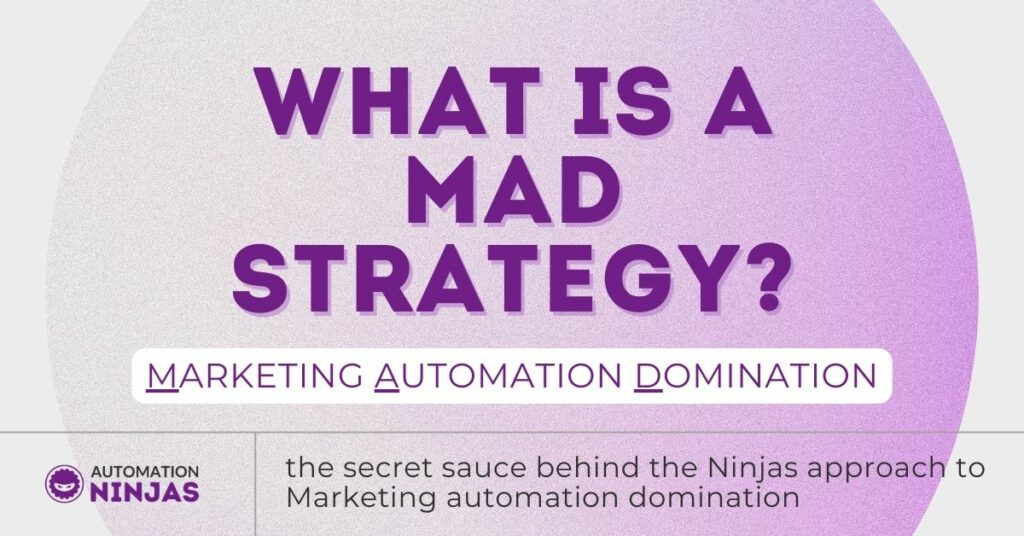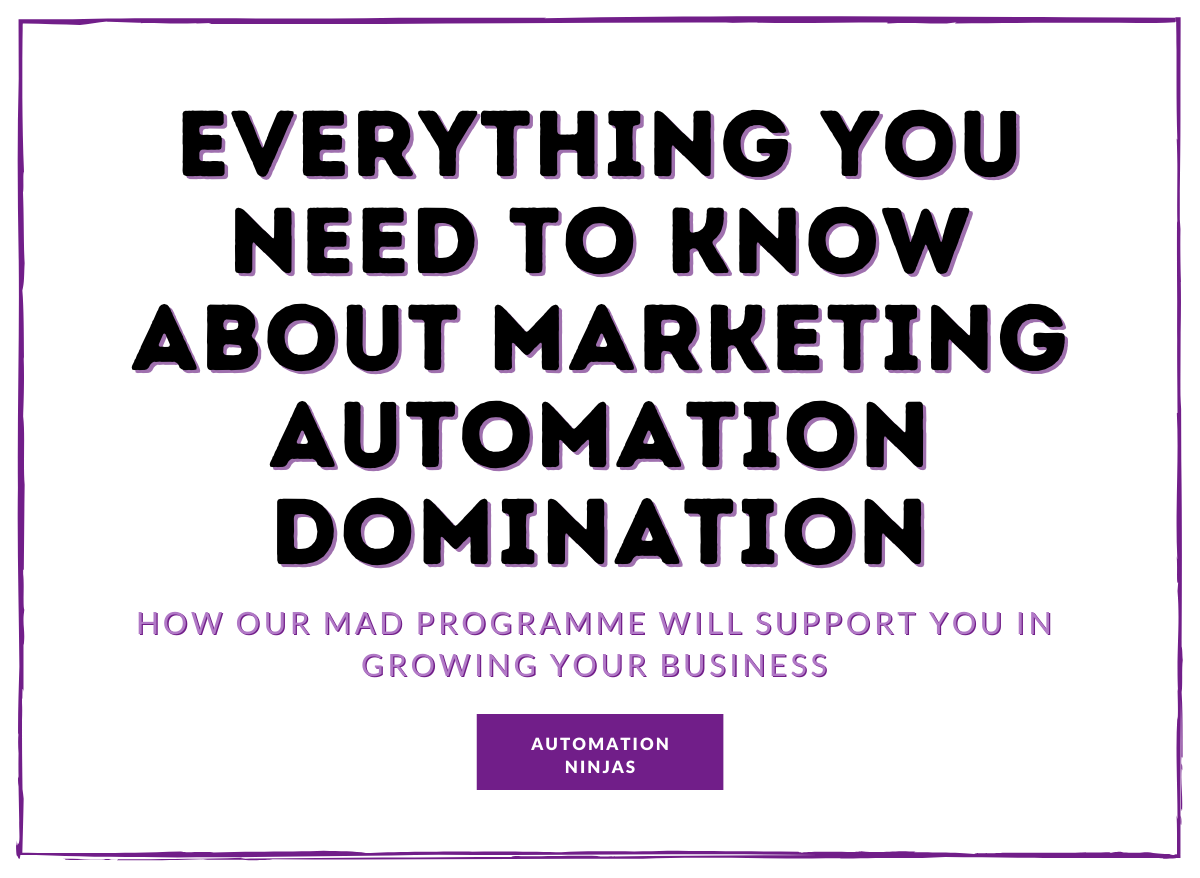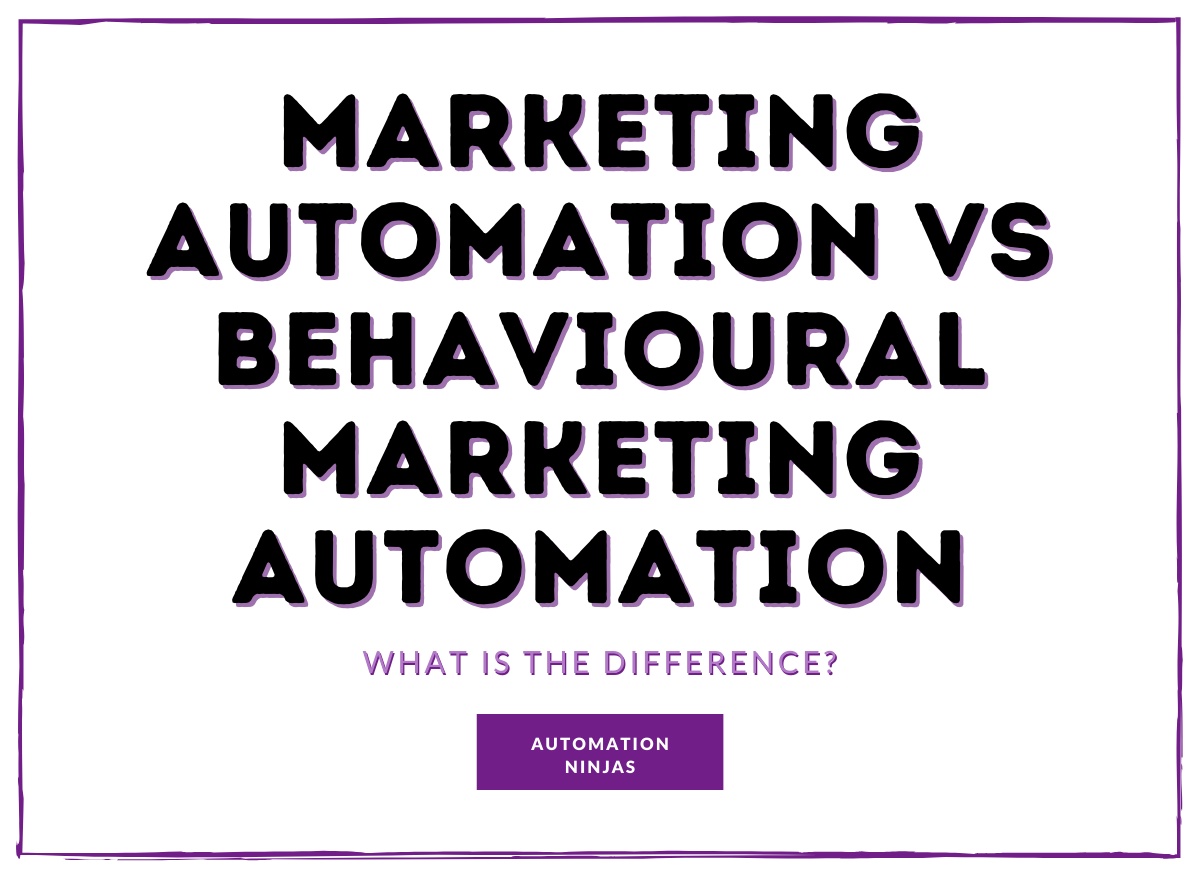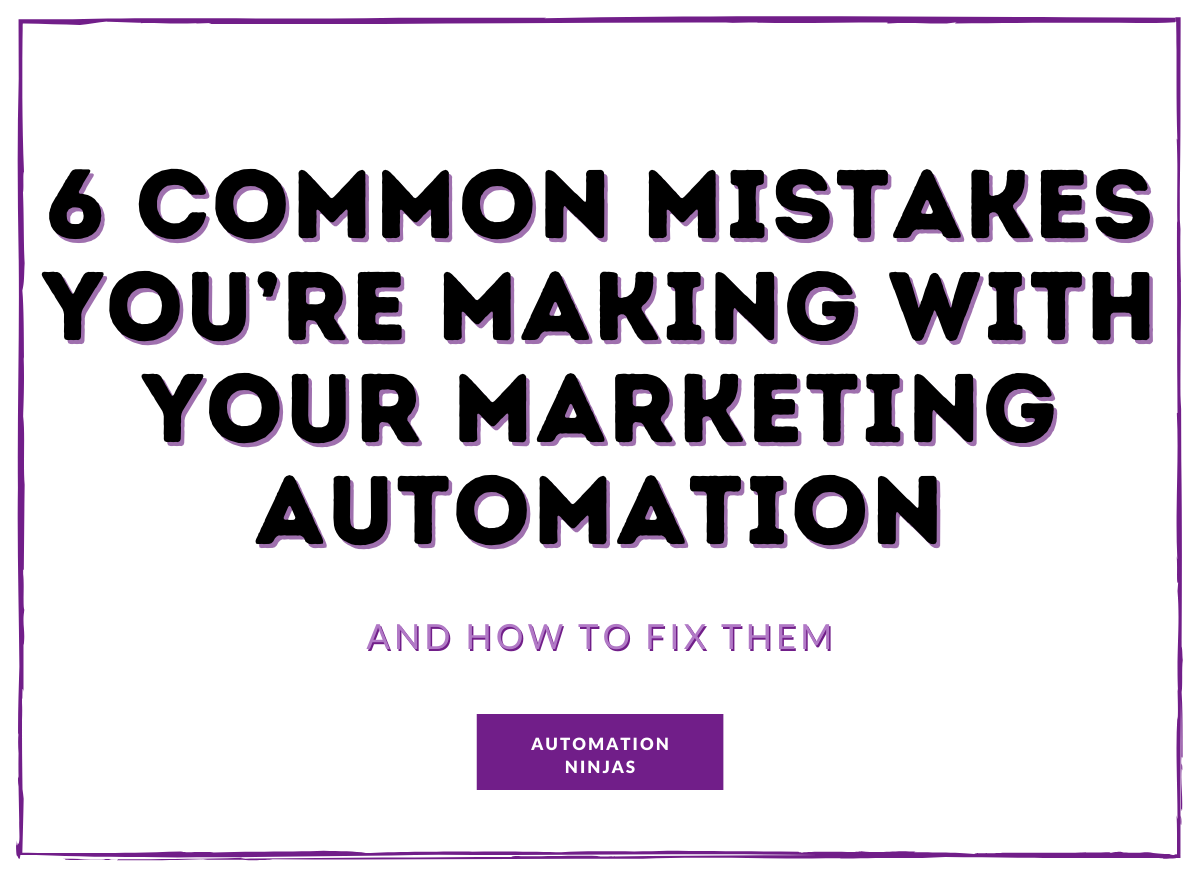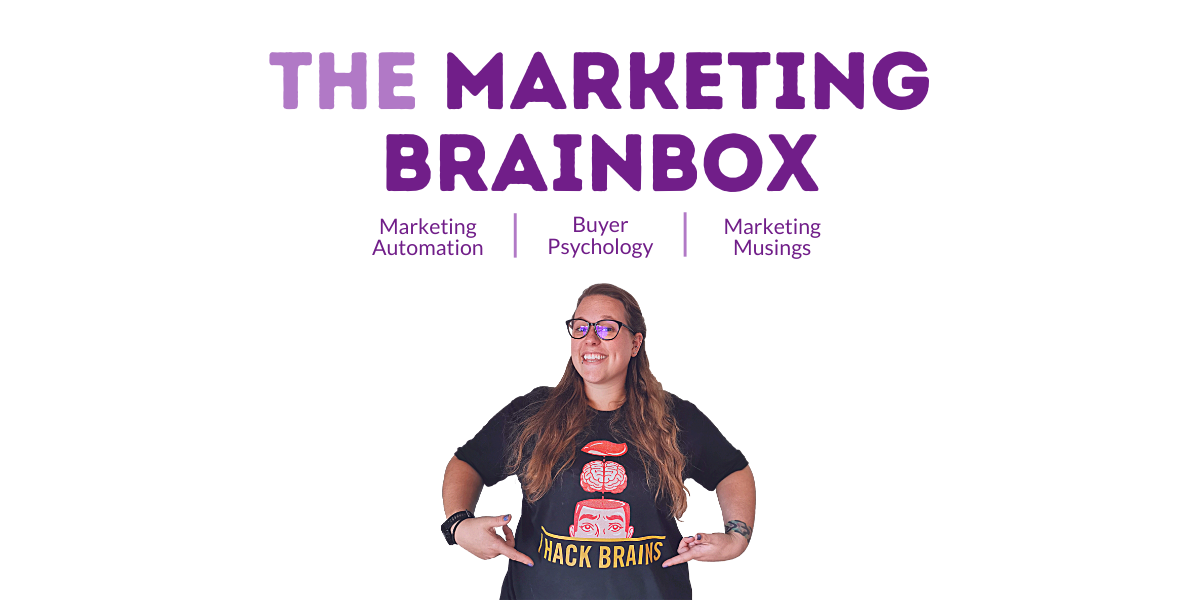Are you looking to elevate your business? If so, working on your marketing automation strategy should be a key focus.
This doesn’t just mean adopting some sort of automation software. Though, that’s an important step. Primarily you need to revisit and realign your current strategy, and processes. Figure out what’s working, what isn’t, and make a plan that will nourish your business.
It could be driving you mad, trying to work out exactly what you need.
But, we’re here to help. We want you to get MAD in the right way. We’re talking about owning and mastering your marketing automation.
That’s our version of MAD: Marketing Automation Domination.
We designed the MAD strategy to optimise and improve your business based on buyer psychology working in line with the automation you use.
There are three important parts to a MAD strategy; customer behaviour, customer journey and automation. These have to work seamlessly together in order to dominate your marketing.
After many years’ experience working with a range of businesses of different sizes and types, we Ninjas have found that this is the strategy that works the best.
So, we’re going to explain ‘how to’ dominate your marketing automation in this blog. Ready to dive into what a MAD strategy involves for true domination?
The Customer Journey
Establishing your customer journey is a crucial first step in your marketing automation strategy.
Every marketing activity you choose to do will need to relate back to the customer journey. Otherwise, there’s no real reason to spend time doing it.
Your marketing must be about the customer, not your business. A well thought out customer journey will allow you to ensure this is the case. So, how do you create one?
Start by mapping out what you have, the current journey your customers take as you have things set-up now.
How do they come to you as a new lead? What do you do with them once you have their information? What content do you share? How do you sell to them and when? What happens post-purchase?
Using the 4 pillars of the Customer Lifecycle will give you a better idea - more on that shortly.
Once you have your current journey, you need to plan out what the ideal journey would look like. When comparing the two, you’ll be able to clearly identify what areas need the most focus.
While you’re mapping, remember to cover customer behaviour, content and any lifecycle marketing you do. Think about where you currently collect data to learn about your prospects and customers, and where else you could be monitoring to better cater to your target audience.
Our Customer Journey Model
Here’s the base customer journey we have come up with. Every business we work with gets their journey mapped out based on this model. But, of course, it gets modified to be bespoke to their audience, their solution and their business.
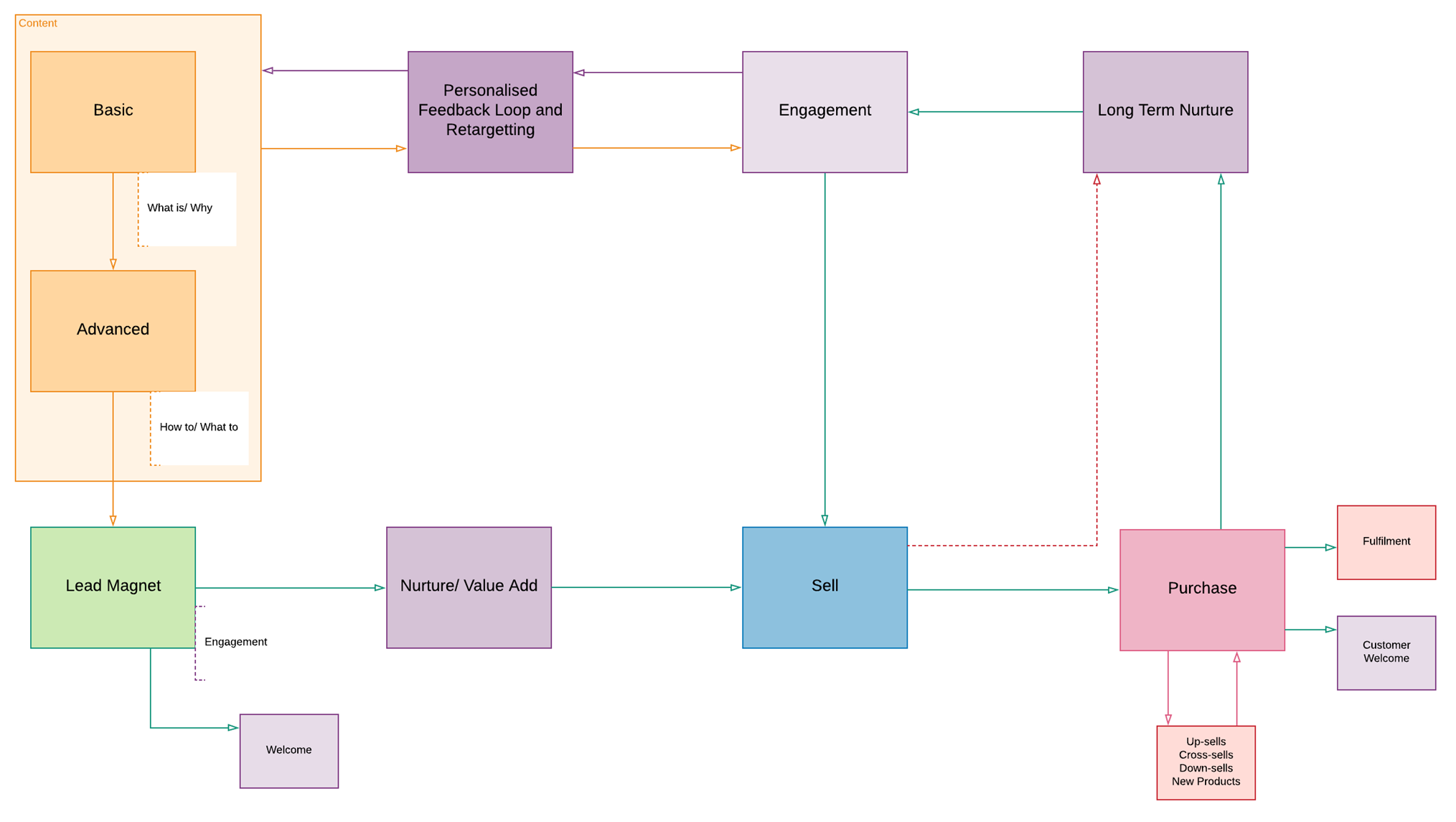
Tailoring your customer’s experience throughout their journey, depends highly on their awareness level. Different stages of awareness can affect the content they are looking for and whether they follow through on a purchase.
This in turn affects what you need to provide them with. Maybe you only cater to people at a particular stage of awareness, or perhaps you guide them from one step to the next in order to help market your products. Fleshing out your customer journey with awareness stages provides a more in-depth understanding of how to showcase your offering.
If you want some more information on how to work out your customer’s awareness journey, have a read of our blog post: What is awareness and why does it matter?
The four pillars of the Customer Lifecycle
As I mentioned earlier, using the 4 pillars will help to separate the parts of your customer journey. These pillars are; Attract, Engage, Sell and Wow. The customer journey flowchart (above) is colour coded to match these pillars for a reason.
Attract
This phase is all about knowing your target audience, how you attract them to your business, and how you collect their information in order to communicate with them.
It usually includes a heap of inbound marketing, such as; website content, lead magnets, blogs, as well as social media posts and any advertising you do.
Collecting and using referrals, testimonials and reviews is a good way to provide evidence of why your advertising is legitimate. The number of great reviews you have is far more likely to climb if you’ve managed to deliver at every level of your customer journey, so it all feeds back around.
Engage
Our Prime Ninja, Kenda Macdonald, added the Engage phase to the original 3 pillar framework (Attract, Sell & Wow) created by Infusionsoft by Keap.
It’s focused on educating and inspiring the audience on certain topics. More often than not, relating to a challenge, problem, pain point they are trying to overcome. And, to make it work for your business, subtly aligning it to your offering.
This is clever marketing. It helps the potential customer understand their problem, how it can be fixed and why they should choose you (& your solution) to help them fix it.
It’s not just about potential customers either. Engage is about keeping that customer journey loop going. Giving your current customers a reason to stick with you, buy more from you and recommend you to others. It’s one of the most powerful pillars, but often not considered as much as it should be.
Sell
This phase is exactly what it says on the tin. It’s about making and closing the offer. This could be extended a bit with sales series emails, or reminders such as ‘you left this in your basket’.
We try to avoid the sleazy salesperson vibe… Selling shouldn’t be off putting. If you put the customer at the heart of your sales - their wants, needs, interests and pain points - you’ll find selling is far easier, and much nicer to do.
Wow
The lasting impression. Delivering what you promise, and making sure that people love it is the first step. But, you then need to go that bit further to turn it into a wow moment. It’s about how you make your customers feel, which can feed back into those reviews and testimonials.
‘Wow’ needs good content. However, it requires more than that, maybe with follow-up emails, long term nurture after the sale, any possible upsells or cross-sells that could be offered. It needs to be more than just delivering what someone has paid for or it’s just not wow.

Once you’ve separated out the sections of your customer journey, it’s a lot easier to see where you might need some improvements or what could be missing.
Do you need more engagement at different stages of the customer journey? Perhaps you’re missing a bit of the wow after your sale?
Research has shown that consumers will pay a 16% price premium for great customer experience (PwC). They feel they are getting more for their money if they come out of the experience feeling positive.
Once you have built rapport and earn the trust of your customers, it becomes far more difficult for a competitor to win them away from your products.
65% of respondents would become long-term customers of a brand if they can provide positive experiences throughout the customer journey (Forbes / Arm Treasure Data).
And, customer lifetime value is incredibly important for business success.
Research data gathered from emplify.
Dominating your Marketing Automation Strategy
Now you’ve identified the gaps and places for improvement, how can your marketing automation help you with those gaps?
There might be something you are already using that could be easily adapted and used somewhere else for another task, another part of the customer nurture. Or perhaps you need some new software to help you advance and expand your business.
Passive and active automation monitoring do different things for you. Passive provides information and leaves it to you, while active will act on that information automatically based on the parameters you provide.
Automation can be used at every stage of the customer journey, and for each level of customer awareness. In order to achieve the most out of your automation, there are a few specific types of automation software that you’re likely going to need.
Four vital types of software for your Marketing Automation Strategy
The most important automation software you need are programs that can:
1. Schedule
This could include broadcasts, campaigns and emails. If you want something to go live at a certain time on your website, or need an email sent out at a specific hour, then this software is vitally important.
It gives you more free time for other things you need to be doing, rather than worrying about making sure something is being sent when you need it to.
With scheduling software, you can prepare everything in advance and then just let the automation handle the timing.
2. Monitor and React
Have your emails and links been opened or not? What was clicked on?
And from those; what is interesting to the customer? What’s working and what needs to be improved?
Software that can monitor and react to customer behaviour for you helps gather the information and data you need to know exactly which part of your marketing strategy is effective and what might need work.
3. Count, Record and Trigger
This type of automation can be a significant part of your long term nurture.
Using software to follow customer behaviour can help process and categorise what they might be interested in, and to find out why they didn’t follow through with certain things.
If a consumer clicks on different links on your website, automation software can count and record those clicked on links.
Has the consumer followed through from clicking links to purchasing? Are they looking into different types of a product?
If your automation counts and records interactions, it can then trigger something else afterwards.
Perhaps they read several pages on a particular set of topics; the software can then trigger an alert to put them into a particular set of sales emails, having calculated that the likely interest will be high.
You can then provide a content upgrade or some follow up emails based on the customers’ interaction with their previous purchase history.
4. Segment Customers
Segmenting or grouping your customers is a vital part of dominating your marketing automation.
Segmentation software can help group your customers, perhaps by previous purchase history, which information they have clicked on and read. The software can then create lists of who might be interested in a particular product based on your collected data.
This could be used for email lists, perhaps for sales series, or for who signed up for a particular campaign product.
Grouping your customers into segments can help prevent sending unwanted emails, and therefore reduce the number of emails that aren’t opened or clicked on, and make people less likely to hit that unsubscribe button.
Other software you might need
There’s plenty of marketing software out there, and a lot of it depends on your business and what you want to achieve. But it can help to have some software that does the following;
- CRM tracking software (E.g. Google Analytics)
Useful to record how long someone looks at a page and what they look at. This can help with knowing if someone actually read through the whole page or just glanced at it.
Did they follow on from one blog to another related topic? Have they taken your advice on what to read or purchase next?
Depending on where they are in their awareness journey. All this information on customer behaviour and thought process can help you adapt and cater your customer experience more effectively.
- Tracking software (Aka Cookies)
Sounds quite general, but you need some questions answered.
You might want access to software that tells you where someone clicked through from. It might be from emails, advertising or internet searching. How have they heard about your product? How many people followed through from emails or adverts?
This gives you a list of eligible people who might be interested in something else, and then your automation could connect them to a sales series of emails, for example.
A few statistics just to back things up…
Having a marketing automation strategy is very important. But the automation itself is the vital part. Earlier, we explained which software you might need. Here’s a little bit more of why this is so important.
Sometimes, you just need a few solid statistics to make a point. Have a look at these:
> 63% of companies that use marketing automation outperformed their competitors
By using marketing automation, the current leading brands are beating their competitors when it comes to sales and ROI, according to Moosend. It is likely that digital advertising will soon be wholly automated, which will increase revenues for the businesses and the quality of the adverts for customers.
> Using marketing automation, causes sales productivity to increase by 14.5%
Information from Sales Fusion tells us that 77% of business owners had an increase in their conversion rate after they started using marketing automation software.
Their marketing automation also reduced their marketing overhead by 12.2%.
B2B marketers using marketing automation found that the sales pipeline rate increased by an average of 10%.
The potential of marketing automation has definitely been noticed and marketers are already taking advantage of the marketing automation market. Productivity, conversion rates, and sales rates are all impacted by marketing automation with a highly noticeable increase.
> 80% of marketers saw an increase in the number of their leads after using marketing automation software
80% of the top-performing companies using marketing automation technology for the last three or more, have experienced the benefits of that automation through increased revenue and customer engagement.
If you want more information on these statistics, check out: Benefits of Marketing Automation (Key Statistics).
Time to go ‘MAD’ and dominate your marketing automation strategy!
Looking over your customer journey, both your current one and your ideal, can you see how your automation could help you?
It’s time to make some positively impactful changes!
Map out those customer journeys. Remember to work with the four pillars - Attract, Engage, Sell and Wow - and what goes into each of them. Think about what tools and tactics could help you maximise the outcome of each phase..
Then it’s time to do some research.
Look at what you already have for your marketing automation. Is it working? Do you need something new or a bolt on?
Make sure that your automation systems work together, without cutting across each other, clashing or overdoing something. Otherwise, you’ll end up with more work than necessary... which spoils half the point of having the automation in the first place.
To make life easier and reduce the amount that you need to do. There are a lot of different software options to choose from, but what you use and what works best for you is entirely up to you and your business.
Of course, if you want some help with any part of your marketing automation strategy, we are absolute Ninjas at this. (Pun intended).
Our MAD Programme is available with as much or as little help as you want. Whether you’re lost in a sea of software and need some automation help, or you want a hand with improving your customer journey, or you simply need someone to help take the load, Automation Ninjas have a MAD strategy ready to tailor to you and your business.
“In MAD we combine behaviour planning, marketing automation and content strategy to create a bespoke customer journey for your business.” Kenda Macdonald, CEO.
Find out more about MAD in our 'Everything you need to know' blog, and take a look at the detailed webpage for more...

